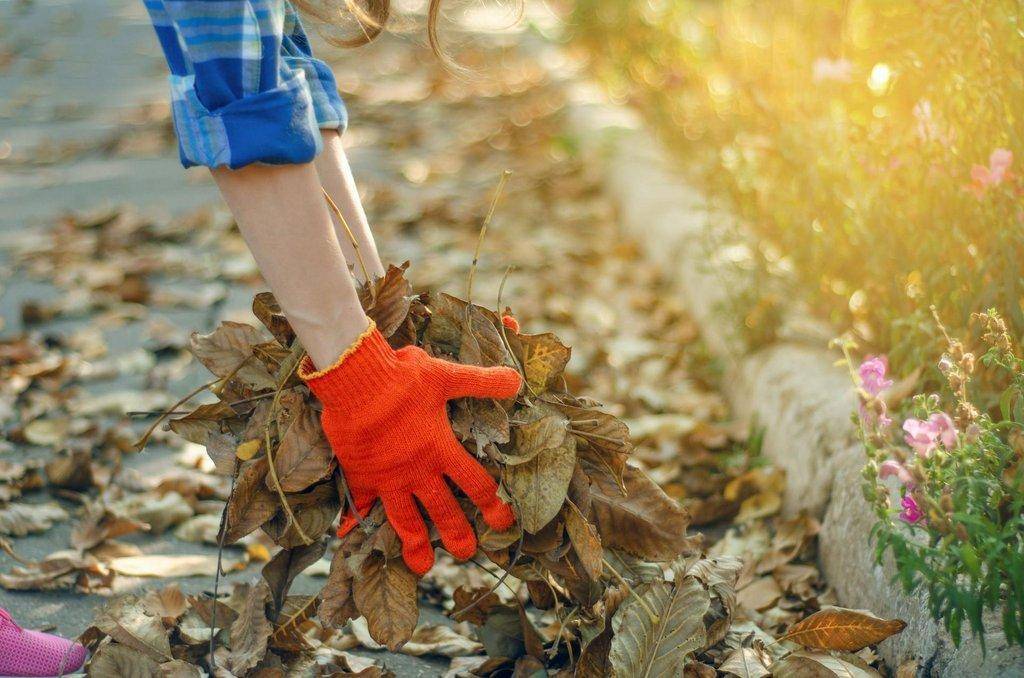By Taun Beddes, Utah State University Extension Horticulturist
Before giving up on gardening for the season, it’s important to finish strong by properly preparing your yard and garden for a long winter’s nap. Consider these tips.
Pruning – Do not prune fruit trees in the fall. They are not completely dormant yet, even if the leaves have dropped. Pruning delays dormancy at every pruning wound. If winter cold comes suddenly, it can damage the trees. Stone fruits such as cherries and peaches are especially susceptible.
The only exceptions to pruning in the fall include cutting out dead branches, diseased branches or branches that pose a safety hazard to people. Also, do not fertilize fruit trees in the fall. They are best fertilized in early spring and possibly again in May.
Ornamental Trees and Shrubs – Avoid fall pruning for all of the same reasons listed for fruit trees. Exceptions also include pruning out dead branches, diseased branches or branches that pose a hazard to people.
Do not fertilize woody plants in the fall. Ornamental trees and shrubs usually require less fertilizer than fruit trees. If they are healthy, they also do not need to be fertilized in the spring. If they are unhealthy, fertilizer may or may not help them. Contact your local county Extension office for specific advice.
Annuals and Perennials – Annuals die at the end of the growing season or only live for 12 months. Perennials come back in the spring for at least three years. Cut perennials back after they have gone dormant or the stems and leaves are frozen by hard frost. Cut them within a few inches of the ground.
Divide spring blooming perennials in the fall, if needed, and divide fall-blooming perennials in early spring, if needed.
Once annuals are killed by hard frost, remove the tops from flowerbeds and compost or recycle the green waste.
Lawns – When mowing the lawn for the last time of the season, cut the grass to a height of 1 ½ inches. This will help prevent it from falling over under the heavy snow. If the grass falls over, it makes the lawn much more susceptible to snow mold, a potentially harmful lawn disease that occurs while the snow is on the ground. Another way to prevent snow mold is to avoid piling snow in shaded areas. Snow mold is usually worse where snow stays on the lawn for longer periods of time.
Lawn roots will best absorb nutrients if you fertilize in late October or early November. This helps the lawn green up more quickly in the spring and gets it off to a good start.
For lawns planted on clay soil or that have heavy traffic, consider aerating in the fall as well as the spring. This is best done in late September or early October, but is also okay if done later.
For further yard and garden tips, visit garden.usu.edu or see the KSL Greenhouse show on KSL.com.

